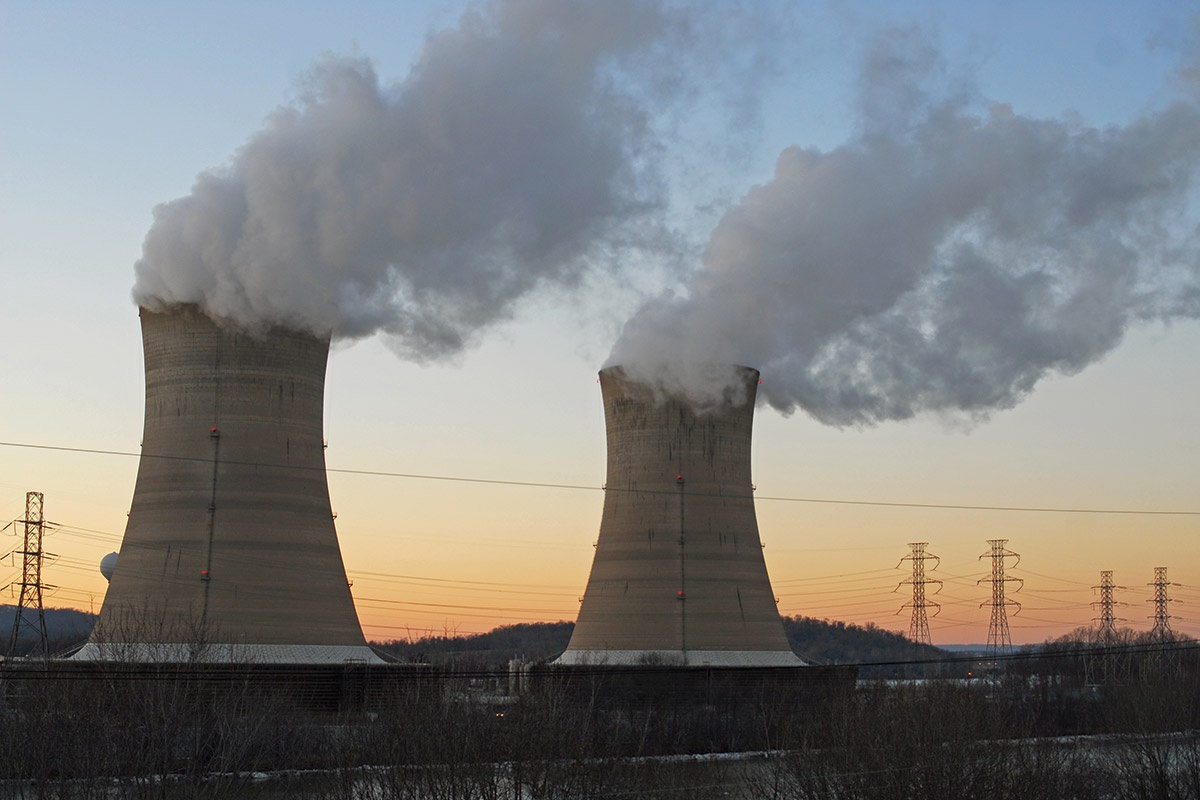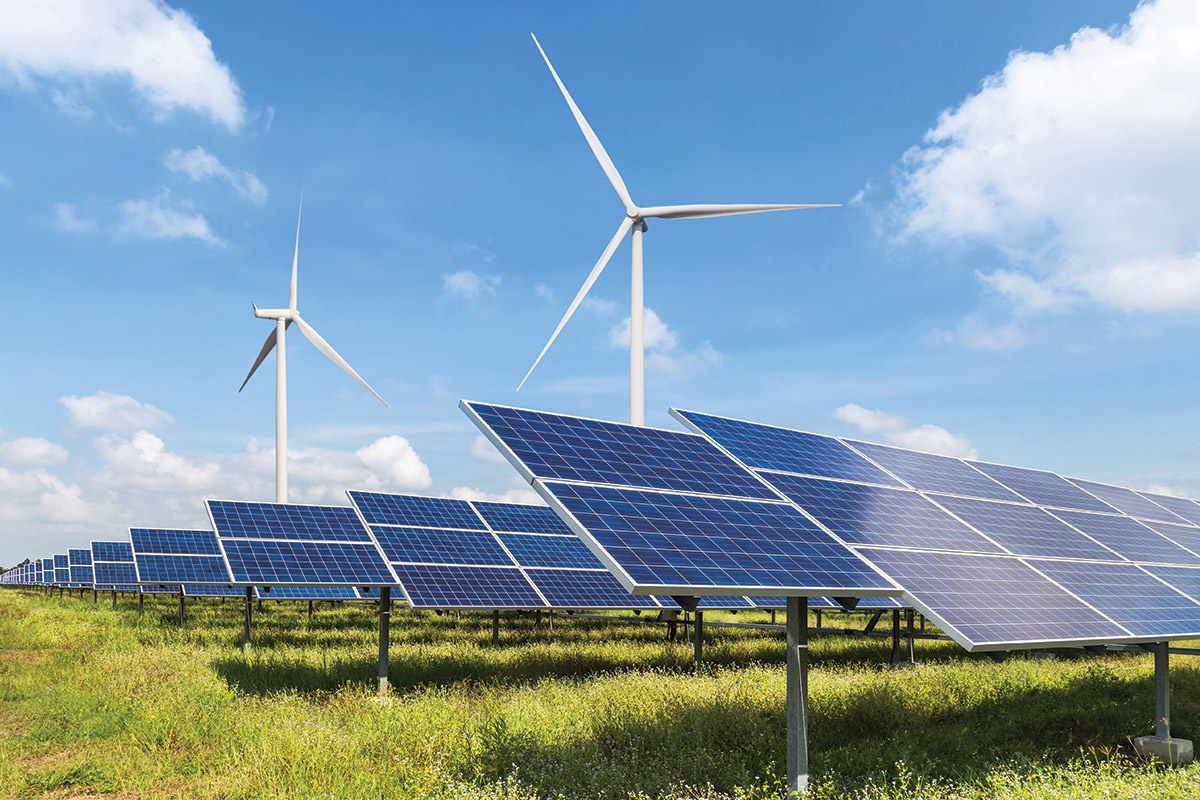From the spread of electricity thanks to co-ops to the dawn of the fracking industry, harnessing and consuming electricity and energy have hit many milestones since 1944, the year Texas Co-op Power debuted.
1944: The Pace Act extends the mission of the federal Rural Electrification Administration indefinitely beyond its original 1946 expiration date.

Redline vector | Stock.adobe.com
1947: An automated external defibrillator is used successfully on a human for the first time.
1947: The Big Inch and Little Big Inch, two strategic oil pipelines laid during World War II from East Texas to the Northeast, are sold by the U.S. government to a private company.
1948: WBAP in Fort Worth becomes the first TV station in Texas.
1948: The transistor radio is demonstrated for the first time.
1949: Loan funds advanced by the REA surpass $1 billion.
1951: The first commercial color TV broadcast takes place.
1951: The Ferranti Mark 1 becomes the world’s first commercially available computer.

Redline vector | Stock.adobe.com
1954: Bell Labs demonstrates the first practical silicon solar cell, powering a radio transmitter and toy Ferris wheel with energy from the sun.
1954: The first pocket transistor radio, the Regency TR-1 from Texas Instruments, goes on sale.
1958: The first commercial nuclear power plant in the U.S. opens as the Shippingport Atomic Power Station in Pennsylvania.
1959: The REA kicks off its 25th year having made $3.8 billion in loans to 1,030 electric systems, mostly co-ops, an amount that provided new or improved service to 4.5 million consumers across 1.4 million miles of line.
1962: The National Rural Electric Cooperative Association signs an agreement to deliver the U.S. electric cooperative model overseas.
1964: Sony develops the first VCR for home use.
1965: The Great Northeast Blackout plunges all of New York, portions of seven neighboring states and parts of eastern Canada into darkness for up to 12 hours.
1967: Texas Instruments releases the first handheld calculator.
1968: The North American Electric Reliability Council, which oversees the interconnected power systems of the U.S., Canada and Mexico, forms.
1968: Scientists demonstrate the first liquid-crystal display, or LCD.
1969: Beginnings of the internet.
1969: The first automated teller machine in the U.S., devised by Dallas engineer Donald Wetzel, is installed on Long Island.
1972: The first digital electronic watch, a Pulsar LED prototype built by Texas engineer George Thiess, debuts. Thiess is a director at HILCO EC in Itasca.
1972: The Magnavox Odyssey console becomes the first interactive video game to use an ordinary home TV.
1975: Fire breaks out at Browns Ferry Nuclear Plant in Alabama.
1976: The Apple I computer is introduced.
1977: The U.S. Department of Energy is formed.

A.L. Spangler | Shutterstock.com
1979: A compact disc audio player is demonstrated for the first time.
1980: The first U.S. wind farm opens—in New Hampshire.
1984: A power plant using tidal waves opens in Canada, the first of its kind in North America.
1986: The Chernobyl nuclear accident occurs in the Soviet Union.
1986: IBM unveils the PC Convertible, the first laptop computer.
1988: South Texas Project Electric Generating Station near Matagorda becomes Texas’ first nuclear power plant.

Marnikus | Dreamstime.com
1999: Deregulation of the electric industry takes effect in parts of the state.
2008: Hydraulic fracturing begins in the Eagle Ford Shale in South Texas.

Soonthorn Wongsaita | Shutterstock.com
2018: In February, Texas oil production jumps to 4.01 million barrels a day, the highest since the U.S. Energy Information Administration started keeping records in 1981.


